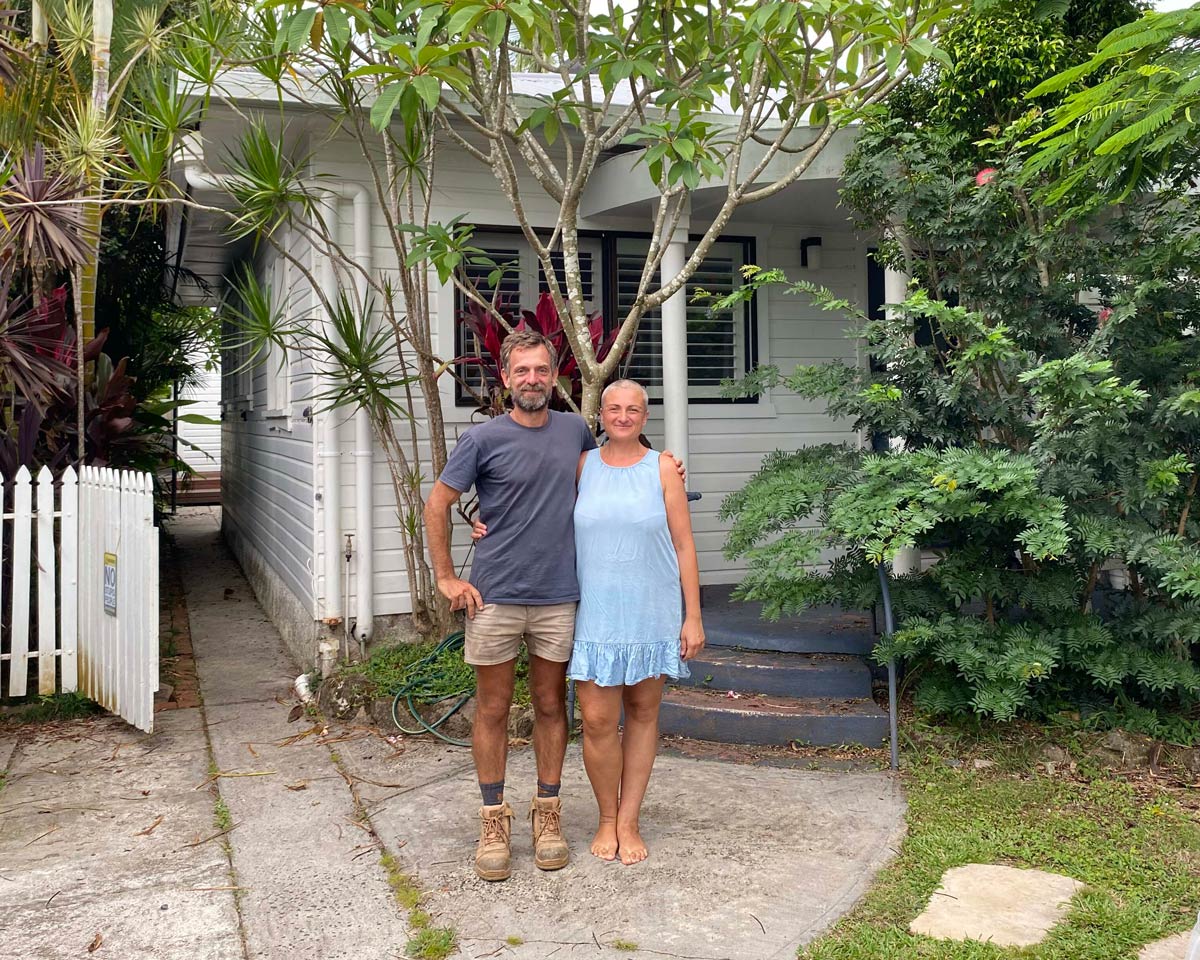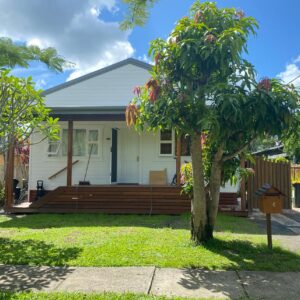Description
To book a ticket to view this home, visit the Flood Resilient Open Home Morning Session Booking Page. Home addresses will be provided after booking is confirmed.
The purpose of this event is for people to increase their understanding of flood resilient retrofitting techniques and materials – particularly for single story solid timber clad homes on subfloors.
This house flooded to approximately 500mm.
Irene will tell you about how the flood impacted the house and what the rebuild involves. She will be joined by some of the tradies who helped her rebuild after the shock of finding out she wasn’t insured. Together they will share with you tips and tricks that they recommend and share what they may have done differently with the benefit of hindsight.
Everything Irene & her tradies say is to be received as simply their story and any recommendations they make purely their opinion. Mullum Cares hasn’t had Irene’s house assessed to prove any statements that it or any part thereof is guaranteed to be water or flood proof so you must receive the information as simply an account of their experience and their decision making processes and seek custom advice for any work you seek to undertake to be flood resilient.
The table below lists the elements at this home that correlate with items in the NSW Northern Rivers Reconstruction Corporation’s Flood Resilient Design Framework. This correlation does not mean that the NRRC has assessed or approved the works as resilient; it simply highlights elements of particular interest at this home. You can download the Flood Resilient Design Framework here. This framework has been developed to support the NSW Resilient Homes Program – more information here.
| Checklist # | Strategy description | Materials used |
| Not listed but on p.7 | Paint existing pine frame cavity walls to assist in future cleaning and prevent mould growth | Different application of this principle – pine panels used as wall lining and painted with mould retardant paint.
In the cavity behind this new panelling wall lining is also painted with extra strong anti mould paint. |
| 4 | Replace non flood resilient wall linings with flood resilient wall linings | FC (fibre cement sheeting) replaced gyprock in kitchen |
| 10 | Replace non flood resilient flooring with flood resilient flooring | Floating bamboo flooring in the pool house was replaced with Cemintel Constructafloor external and finished with Murothane |
| 13 | Replace non flood resilient skirtings with flood resilient skirtings | The pine horizontal panels are tongue and groove and intended to survive a flood with the bottom one or two likely removed so the cavity can be cleaned a dried out. |
| 20 | Install flood resilient cabinetry | Kitchen is built with open hardwood timber shelving. |
| 21 | Allow the kickboard to be removable | No kickboard |
| 22 | Install raised cabinetry | Bathroom has wall hung hardwood timber cabinet |
| 23 | Install a removable panel or replace cavity bathtubs with freestanding bathtubs or showers | Bath replaced with free standing one. |
| 28 | Elevate powerpoints | All powerpoints raised above the flood line |
| Still planning on doing | ||
| 11 | Apply a grout sealant to an existing tiled floor with non flood resilient grout | |
| 26 | Elevate external services such as air conditioning condenser units, hot water units, rainwater tank pumps and electrical metre boards | The aircon motor needs to be raised and a detailed plan to reduce the impact of flooding on the pool pump may allow it to survive being flooded as the electronics can be taken out temporarily. |



